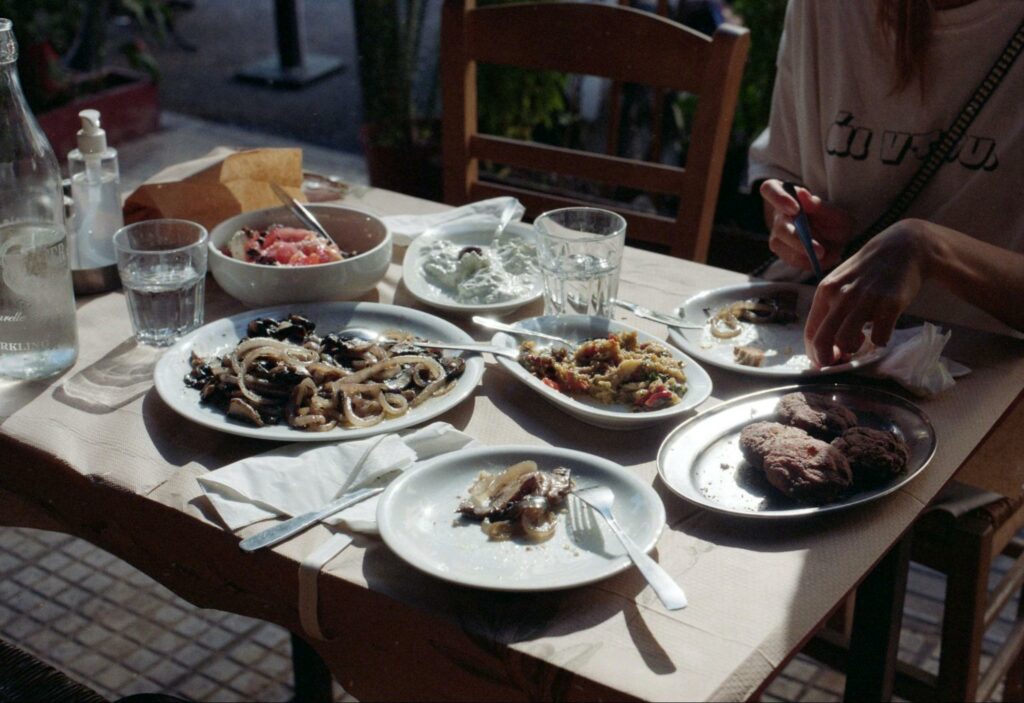Food is a powerful storyteller. Every dish we taste from another part of the world carries with it the history, traditions, and values of the culture it comes from. By exploring the flavors of different regions, we not only delight our taste buds but also immerse ourselves in the diverse practices and experiences that shape each society. From street food in bustling cities to homemade meals prepared with love, discovering world cultures through their cuisine is an exciting and rewarding journey.
The Influence of Geography and History
The cuisine is often shaped by a region’s geography and historical events. Ingredients, cooking methods, and flavor profiles vary greatly depending on what is locally available and what has been passed down through generations. In Italy, the abundance of olive trees and wheat fields shaped the foundation of its cuisine, resulting in dishes like pasta and bread that are now enjoyed worldwide. On the other hand, the use of unique spices in India reflects the country’s centuries-old trade routes, blending influences from various parts of the world.
Food can also reveal the impact of colonization, migration, and trade on a country’s cuisine. Take, for example, Peruvian food, which combines indigenous ingredients like quinoa and potatoes with flavors introduced by Spanish colonizers and Chinese immigrants. Every dish is a blend of cultures and histories, a reflection of the people who have lived and traveled there.
Connecting People Through Food
Food has a unique ability to bring people together. Whether it’s sharing a meal at a family table or gathering for a community festival, food fosters connection. When you experience a meal from another culture, you’re not just eating—you’re participating in a tradition that has likely been part of that society for hundreds, if not thousands, of years.

Across the globe, food plays a central role in celebrations, from religious holidays to national festivals. In Mexico, tamales and pozole are a Christmas staple, while in India, sweets like laddus are shared during Diwali. Exploring these dishes helps us understand how different cultures celebrate life’s important moments and bring their communities together.
By trying new foods and experiencing how different cultures express themselves through cuisine, we gain a deeper appreciation for the common threads that unite us. The joy of sharing food transcends borders, and every meal can become an opportunity to connect with people and cultures beyond our own.
Cooking as Cultural Immersion
One of the best ways to experience a culture is by learning how to cook its traditional dishes. Preparing food from another part of the world allows you to dive deeper into the flavors and techniques that define that region. Cooking classes, cultural food tours, and even subscription services like Eat2explore kids cooking kits can help bring the world’s kitchens into your home. With step-by-step instructions and authentic ingredients, these programs offer an engaging way to learn not just how to cook, but also the stories behind each dish.
Cooking is an act of cultural immersion that allows you to appreciate the nuances of a cuisine. When you chop, marinate, and season, you’re engaging in an art form that reflects centuries of local customs. Learning about the methods and ingredients that make up these dishes helps us appreciate the creativity and care that goes into feeding a community.
Expanding Horizons Through Taste
As we become more interconnected, food has become a vital way to experience the diversity of our world. Global cuisine is more accessible than ever, and tasting food from different countries can deepen our understanding of cultural traditions. The rise of international restaurants, cooking shows, and food blogs means that we can now explore a world of flavors without leaving our neighborhoods.

Trying a new dish is like opening a door to a different way of life. Whether it’s the bright, zesty flavors of Southeast Asian street food or the rich, comforting dishes of Eastern Europe, every meal gives us a chance to see the world from a new perspective. It’s a reminder that while we may live in different places, our shared love of food is universal.
A Journey of Flavor and Connection
Exploring cultures through food is more than just tasting exotic ingredients. It’s about understanding the heritage, values, and stories behind each dish. Every meal is an opportunity to connect with others and appreciate the diversity of our world. By being open to trying new foods and learning about their origins, we not only expand our culinary horizons but also foster a deeper sense of empathy and curiosity about the world around us.
So, the next time you sit down for a meal, take a moment to appreciate the cultural journey on your plate. It may be your first bite of a new dish, but it is likely the result of centuries of tradition, offering a delicious connection to another part of the world.

